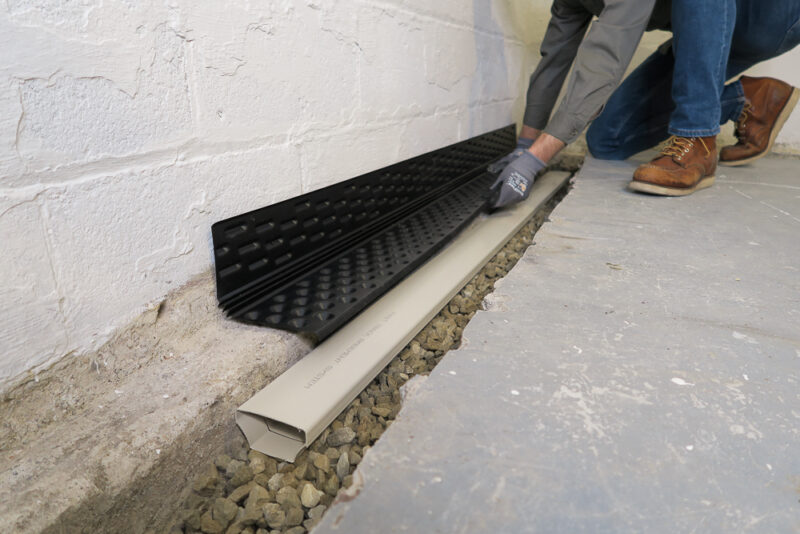Imagine stepping into your basement after a heavy rainstorm, only to find water pooling across the floor. It’s a sinking feeling, one that resonates with many homeowners who face the perennial challenge of protecting their homes from moisture.
Basement waterproofing is not just about safeguarding valuable property; it’s about preserving peace of mind. Investing in effective basement waterproofing solutions can ensure that your space remains dry, safe, and functional. Among these solutions, the debate often centers on the merits of Drainage Systems vs. Sealants for Basement Waterproofing.
This article aims to explore both methods, emphasizing the crucial role they play in foundation water management and home integrity. Choosing the right approach can make all the difference in keeping one of your most important investments secure.
Key Takeaways
- Effective basement waterproofing is essential for preventing water damage.
- Understanding the differences between drainage systems and sealants can guide homeowners in making informed decisions.
- Both methods offer unique advantages and serve specific purposes in foundation water management.
- Proper waterproofing can enhance home value and structural integrity.
- Investing in adequate waterproofing solutions is vital for long-term property upkeep.
Understanding Basement Waterproofing Methods
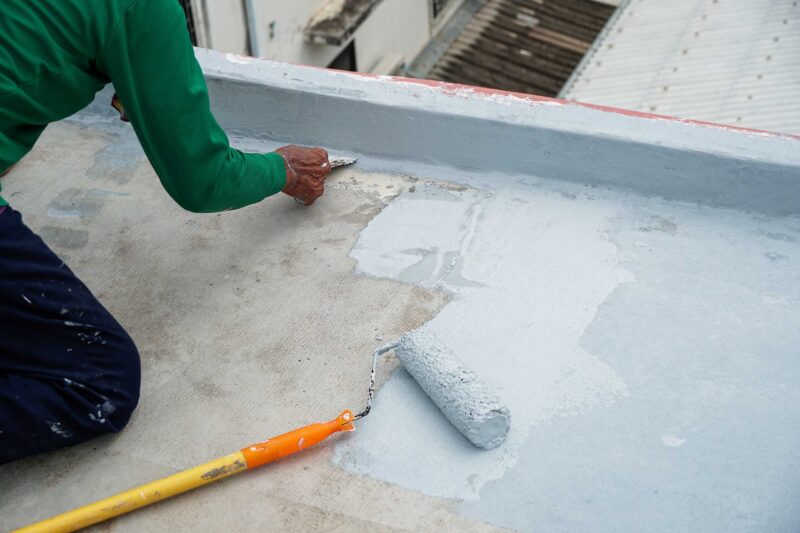
Basement waterproofing is essential for homeowners seeking to protect their investment. Various methods exist, each serving unique purposes and addressing diverse challenges associated with water infiltration. Understanding these methods enables property owners to choose the best approach for their needs.
For homeowners in the Niagara region, effective waterproofing methods are crucial to protect their investment, as discussed on Niagara region waterproofing.
Types of Basement Waterproofing Solutions
Waterproofing solutions can typically be categorized into two main approaches: interior and exterior. Interior waterproofing emphasizes preventative measures within the basement, often utilizing sealants. These products apply to walls and floors, providing a barrier against minor leaks. In contrast, exterior waterproofing employs robust methods aimed at preventing moisture from entering the home from the outside.
- Interior Waterproofing: Sealants and coatings to protect against minor water infiltration.
- Exterior Waterproofing: Involves creating a waterproof membrane or installing a drainage system, like French drains, to deflect water away from the foundation.
Importance of Addressing Water Infiltration
Neglecting water infiltration can lead to serious issues such as mold growth, structural damage, and an overall decrease in home value. Effective basement waterproofing solutions not only enhance livability but also contribute to property longevity. Employing proper hydrostatic pressure relief techniques is vital in managing water effectively and ensuring a dry, safe living environment.
Drainage Systems vs. Sealants for Basement Waterproofing
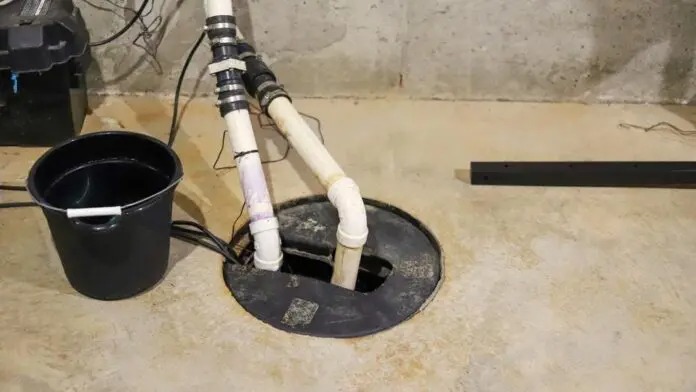
Basement waterproofing involves various methods, primarily focusing on drainage systems and sealants. Each solution offers unique benefits, tailored to the specific needs of a home. Understanding how these methods work and their overall effectiveness can help homeowners make informed decisions.
Drainage Systems Explained
Drainage systems, including sump pump installation and French drains, function to redirect water away from basements. Sump pumps play a crucial role in managing groundwater levels, preventing flooding, and ensuring a dry environment. These systems address the root causes of moisture, making them a long-term solution for water issues.
Advantages of Sealants
Sealants, such as waterproof paints and crack injection repair systems, provide an economical way to seal off minor leaks. These solutions create a barrier against dampness but may not be as effective in severe water intrusion scenarios. For homeowners looking for a quick fix, sealants can be appealing, although they might not offer the same durability as drainage systems.
Comparison of Effectiveness
| Feature | Drainage Systems | Sealants |
| Initial Cost | Higher | Lower |
| Long-term Effectiveness | High | Moderate |
| Maintenance | Regular | Rare |
| Typical Application | Severe water issues | Minor leaks |
Many homeowners consider using rigid foam insulation as an additional preventive measure in conjunction with these waterproofing methods. It enhances energy efficiency while adding an extra layer of protection against moisture infiltration.
Cost Considerations for Waterproofing Options
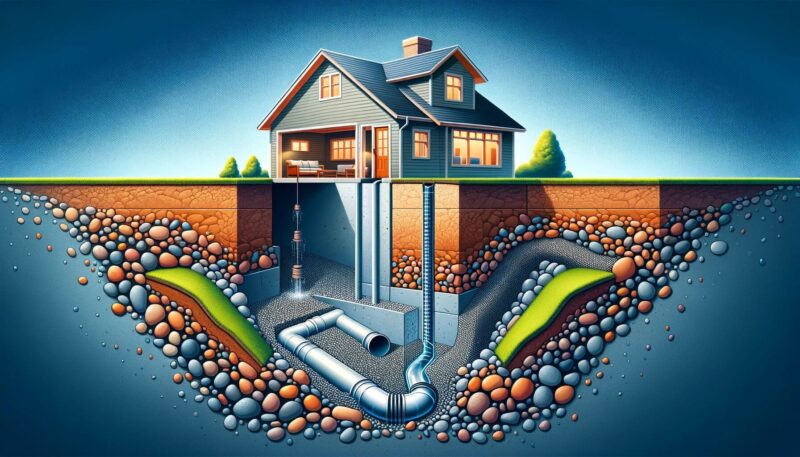
Understanding the financial aspects of waterproofing methods is crucial for homeowners. Initial expenses, long-term savings, and potential foundation repair costs all weigh into the decision-making process.
Initial Costs of Drainage Systems
Drainage systems often come with high initial costs. Installation and excavation may require a significant investment, with expenses typically ranging from $4,000 to $15,000. This substantial figure reflects the complexity of the system and the materials involved.
Expense of Sealants and Epoxy
Sealants generally present a more cost-effective waterproofing method. Prices for sealants can vary significantly, usually falling between $1 and $8 per square foot. This option appeals to many homeowners looking for a quick fix without breaking the bank. Waterproofing paint costs may also be on the lower end of the spectrum, making it a popular choice for budget-conscious consumers.
Long-term Investment
While sealants carry lower upfront costs, they typically require reapplication every ten years. This recurring expense could accumulate over time. In contrast, drainage systems may incur higher initial costs but often prove to be effective long-term investments by providing enduring protection against water infiltration.
| Waterproofing Method | Initial Costs | Maintenance Frequency | Long-term Benefits |
| Drainage Systems | $4,000 – $15,000 | Rarely needed | Durability and effectiveness |
| Sealants and Epoxy | $1 – $8 per sq. ft. | Every 10 years | Lower initial investment |
Conclusion
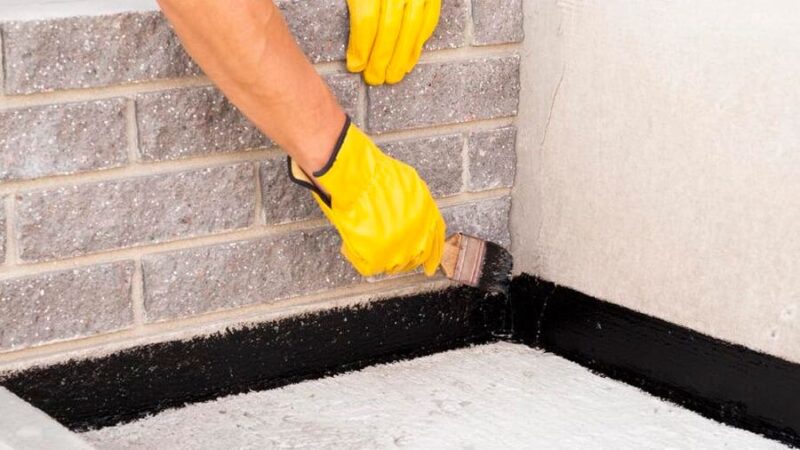
In evaluating Drainage Systems vs. Sealants for Basement Waterproofing, it becomes evident that each method presents its unique advantages and drawbacks. Drainage systems effectively manage excessive water accumulation, while sealants provide a budget-friendly way to reduce moisture infiltration. Understanding the distinctions between these waterproofing methods empowers homeowners to make informed decisions tailored to their specific situations.
Homeowners are encouraged to consider their current moisture issues, associated costs, and the long-term implications of their choices. Assessing these factors can lead to a more informed decision, ultimately ensuring the protection of the home’s integrity and value. It is not merely about choosing between drainage systems or sealants; it is about securing a safe, dry basement for years to come.
Ultimately, the best waterproofing solution will hinge on personal circumstances and future needs. By weighing the benefits and potential limitations of both options, individuals can create a basement environment that not only withstands the elements but also enhances their living space and property value over time.

